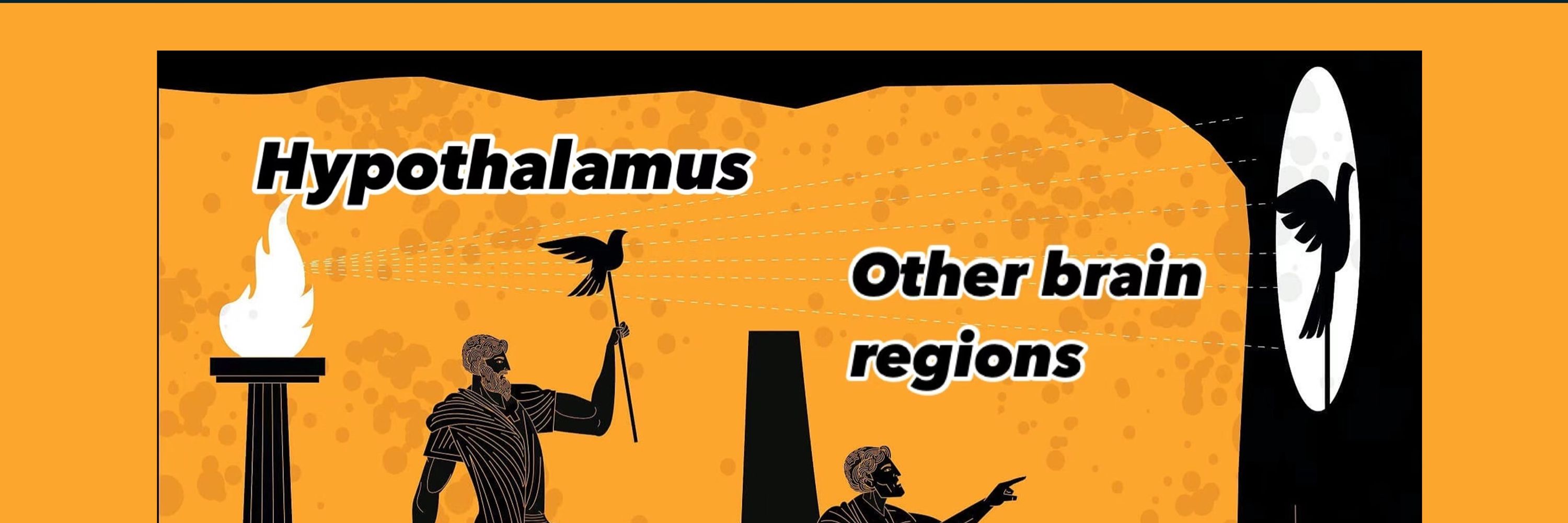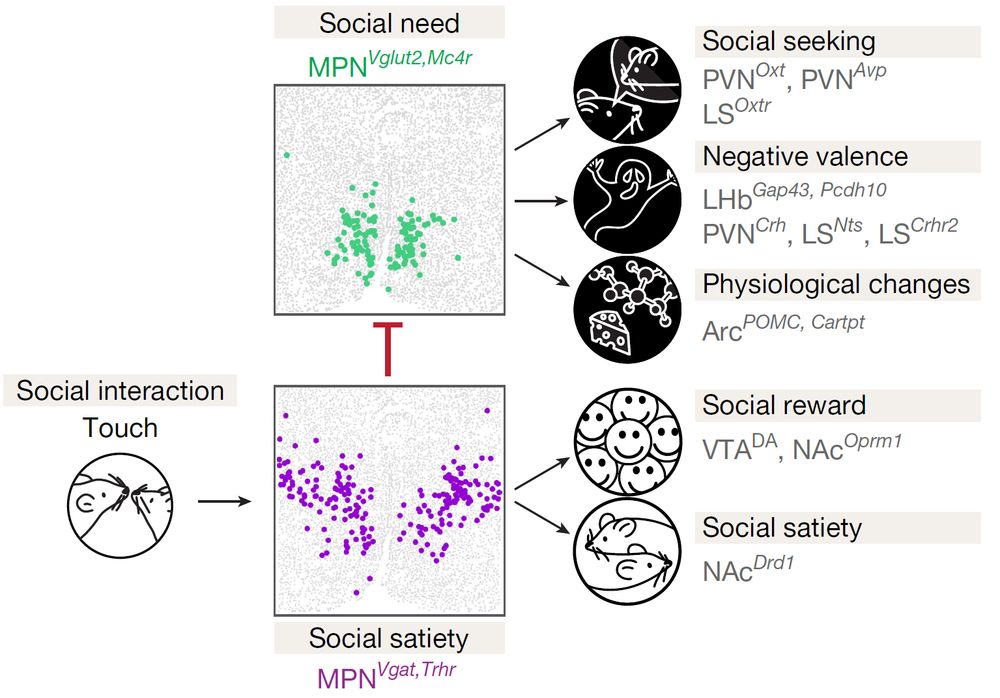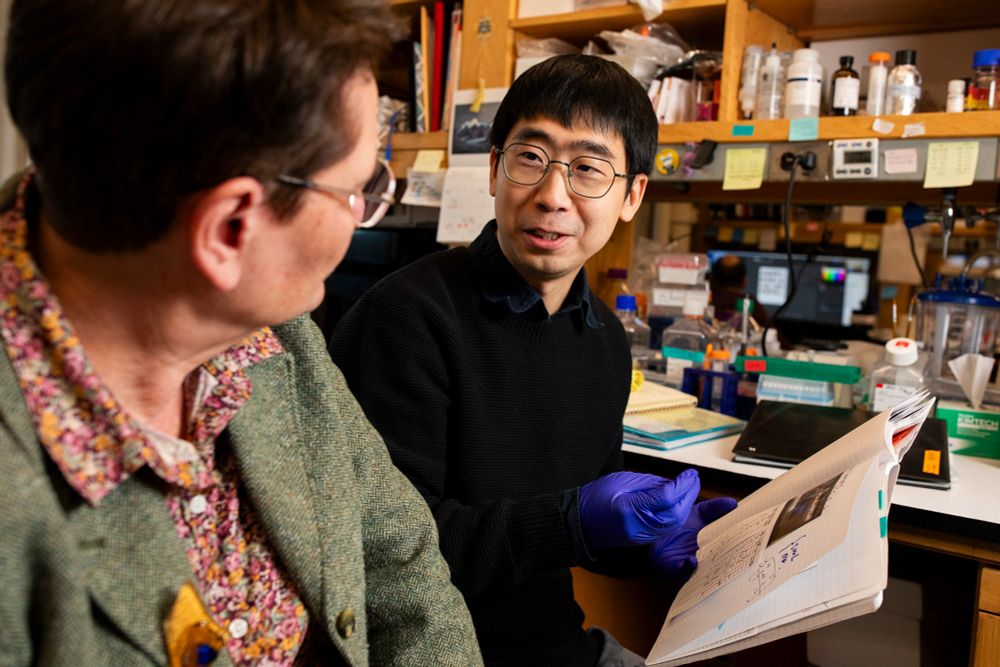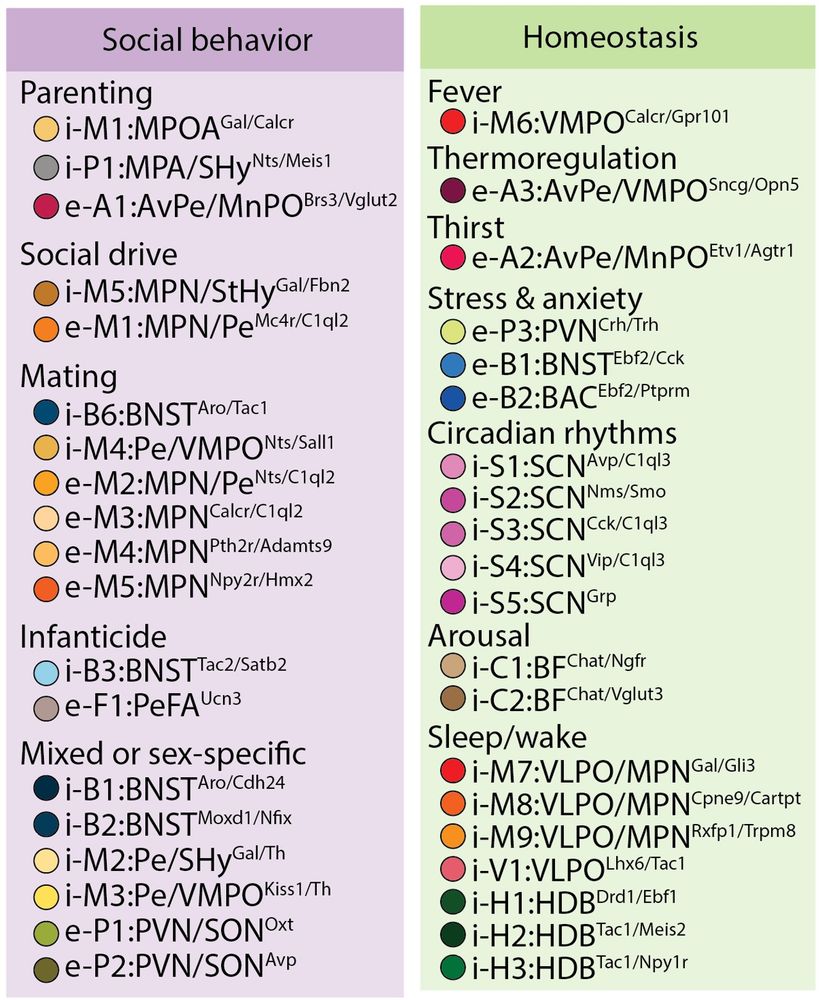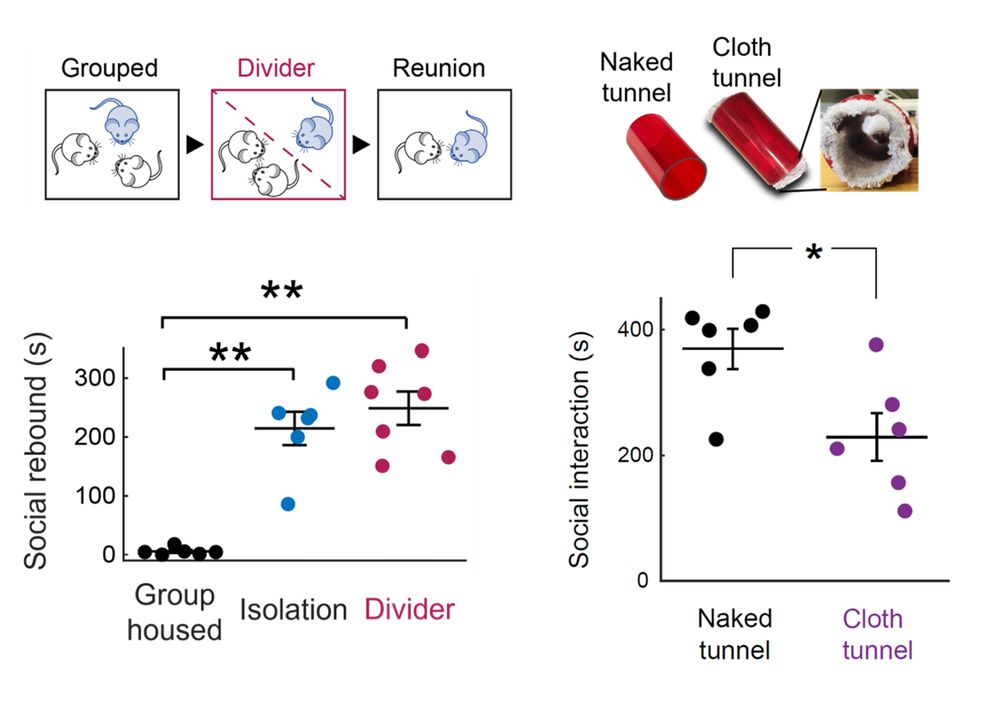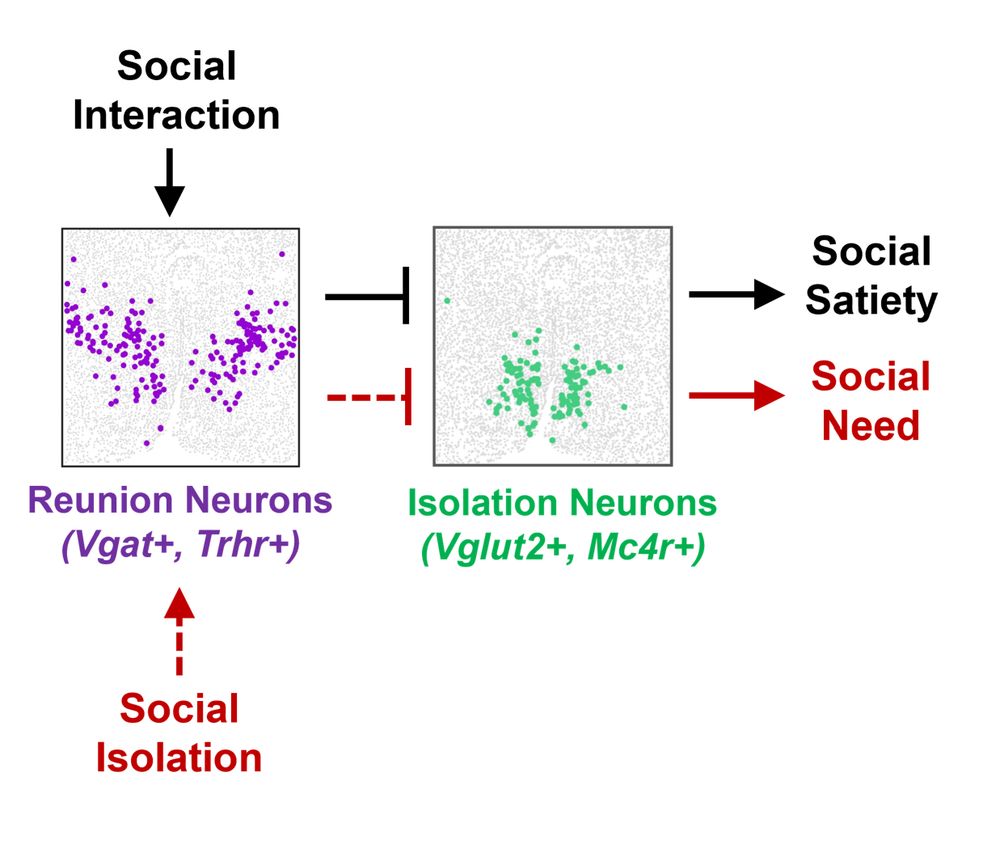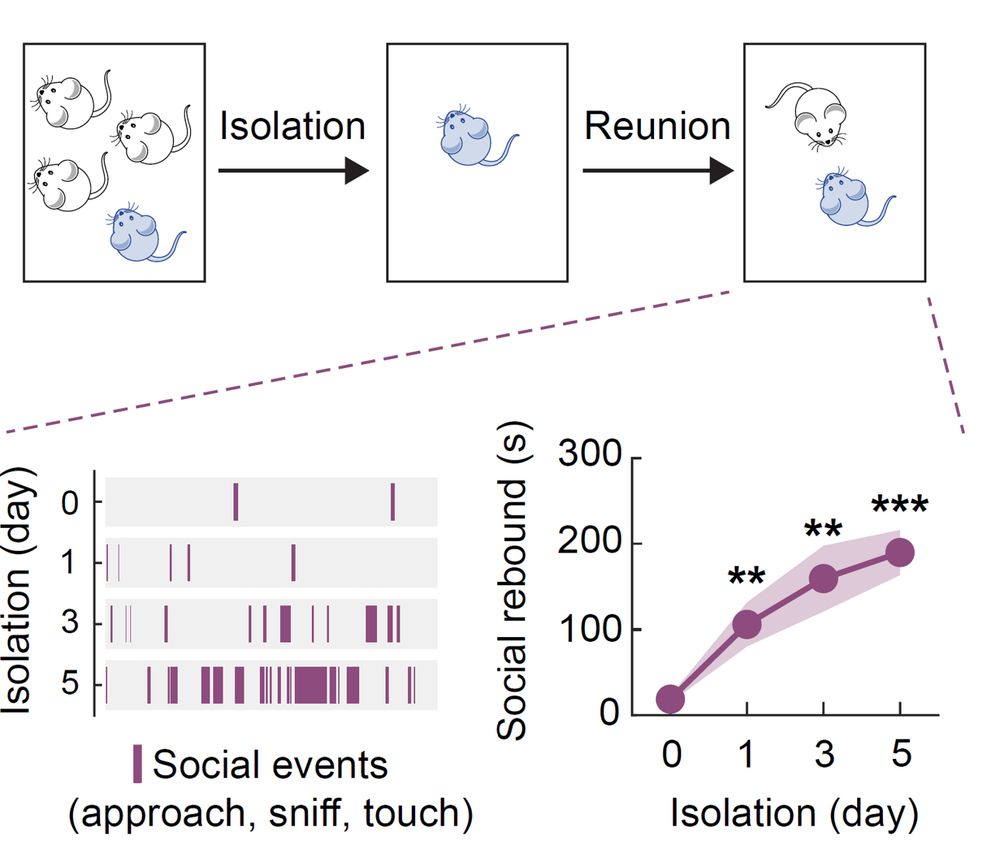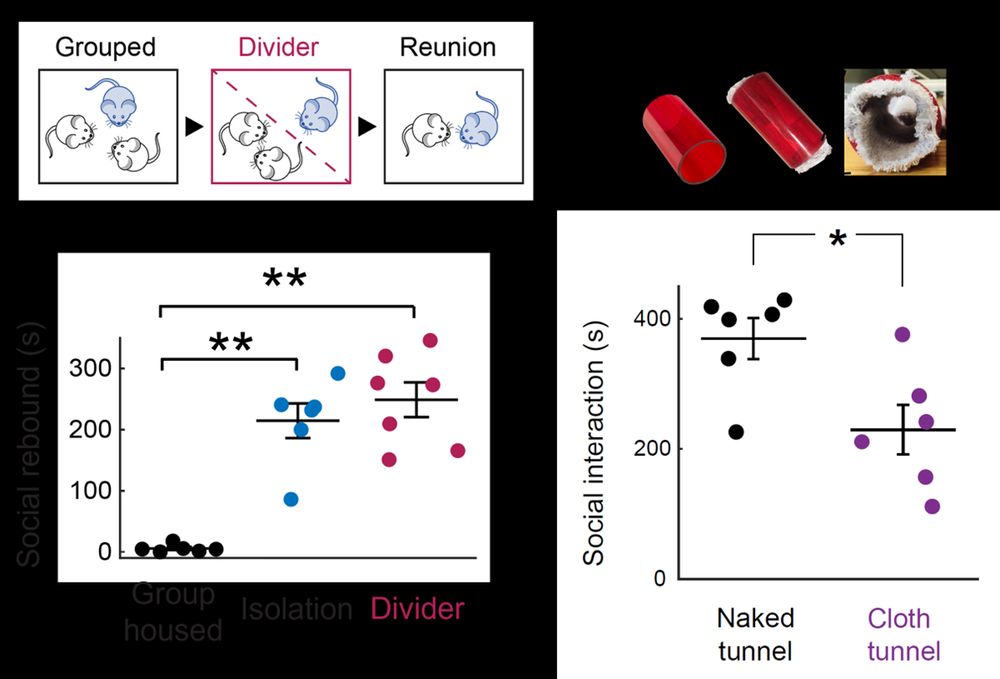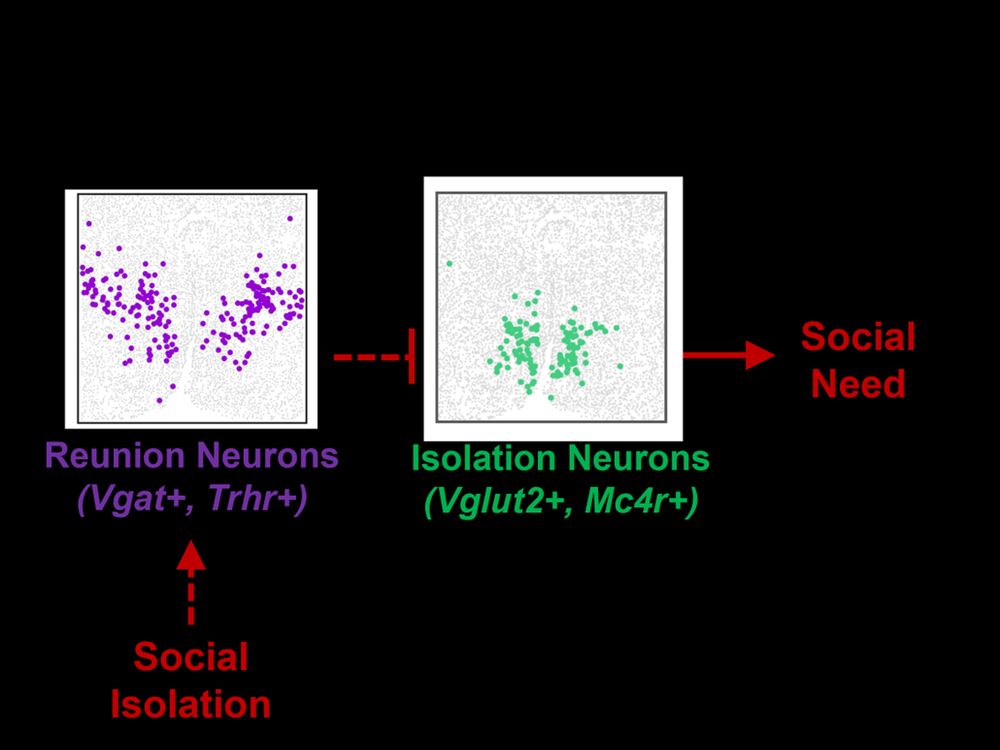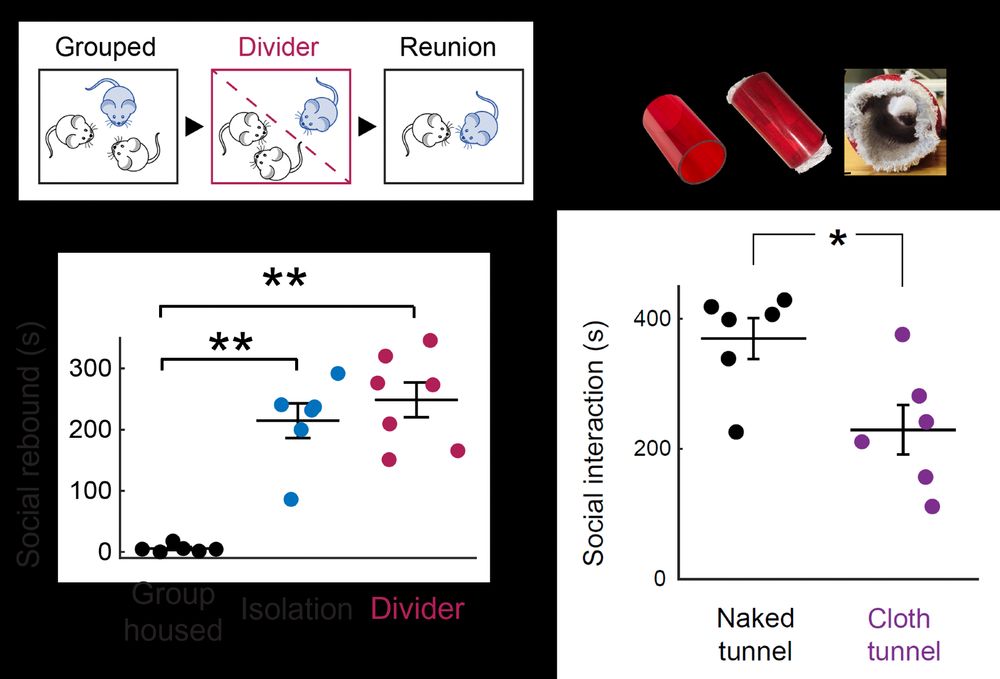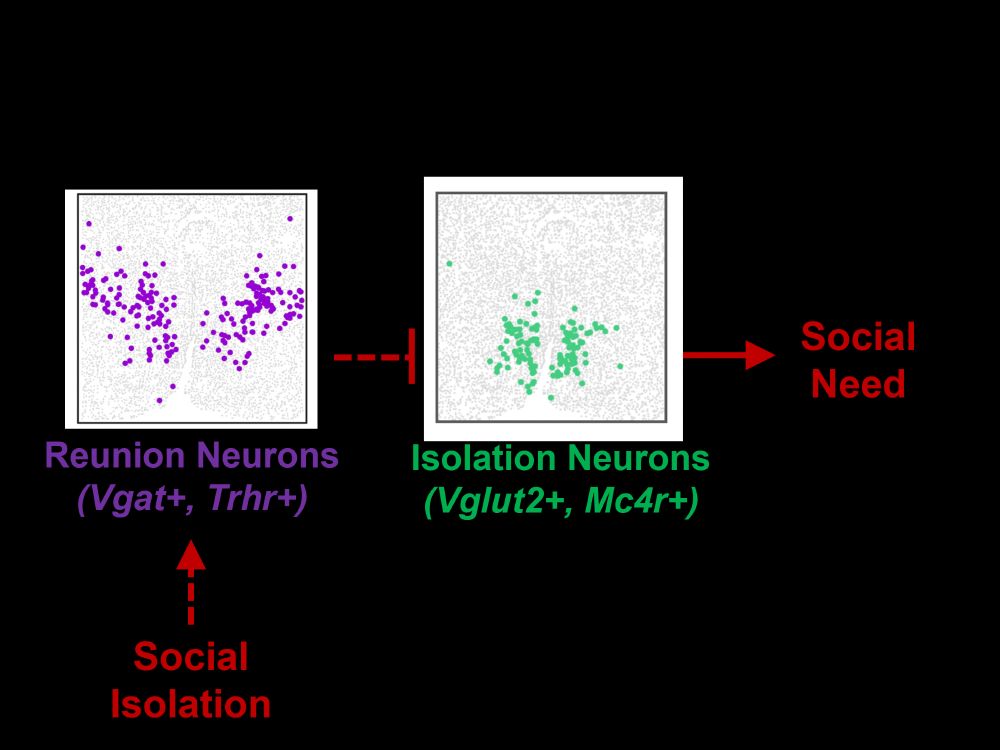Ding Liu
@dingliu.bsky.social
190 followers
180 following
27 posts
Postdoc from the Catherine Dulac lab,interested in how the brain reconstructs and interprets the world, and how gene carriers like humans are trapped by or possibly escape our evolutionary fate.
Posts
Media
Videos
Starter Packs
Pinned
Reposted by Ding Liu
Reposted by Ding Liu
Reposted by Ding Liu
Catherine Dulac
@dulaclab.bsky.social
· Mar 5
Harvard_MCB
@harvardmcb.bsky.social
· Mar 5

The Development of Instincts at the Single Cell Level - Harvard University - Department of Molecular & Cellular Biology
A new study from the Dulac Lab explores how one small brain region called the preoptic area (POA) of the hypothalamus changes through early life in mice. Though […]
www.mcb.harvard.edu
Ding Liu
@dingliu.bsky.social
· Feb 28
Reposted by Ding Liu
Harvard_MCB
@harvardmcb.bsky.social
· Feb 26
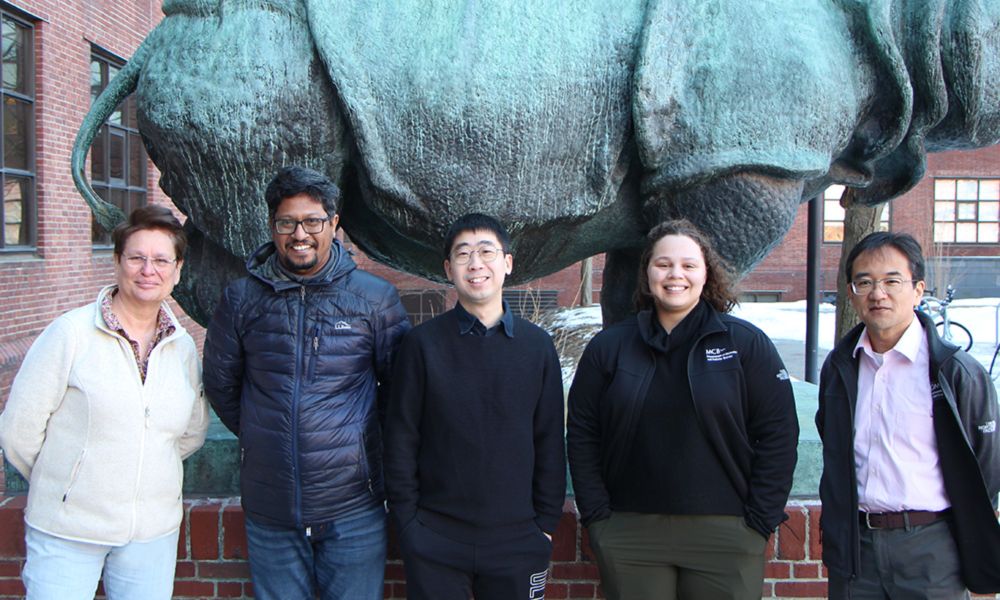
Dulac Lab Identifies “Loneliness” Neurons in the Hypothalamus - Harvard University - Department of Molecular & Cellular Biology
Loneliness is encoded in the brain in a way that closely resembles the neural architectures governing drives like thirst and hunger, researchers from the Dulac Lab report. A […]
www.mcb.harvard.edu
Ding Liu
@dingliu.bsky.social
· Feb 27
Ding Liu
@dingliu.bsky.social
· Feb 27
Ding Liu
@dingliu.bsky.social
· Feb 27
Ding Liu
@dingliu.bsky.social
· Feb 27
Ding Liu
@dingliu.bsky.social
· Feb 27
Ding Liu
@dingliu.bsky.social
· Feb 27
Ding Liu
@dingliu.bsky.social
· Feb 27
Ding Liu
@dingliu.bsky.social
· Feb 27
Ding Liu
@dingliu.bsky.social
· Feb 27
